
See how well you did on Pharmaceutical Executive's 25th anniversary quiz.

In 1981, when Pharm Exec published its first issue, the pharmaceutical world was a very different place: There was no direct-to-consumer advertising, no map of the genome, no high-speed screening of millions of compounds. The process of marketing and selling drugs was discreet and nearly invisible to the public; and sales forces, by today's standards, were minuscule. The first biotechs had just launched; and the Bayh-Dole Act, passed the year before, had begun to lay the groundwork for the explosion of research-driven university spin-off companies that transformed the face of research in the 1990s.

In 1981, pharma was a more innocent industry. It stood on the brink of an AIDS epidemic that science had yet to name or understand. Hazards of generics, product lifecycles, and off-label marketing lay years ahead. There were no embryonic stem cells to fight over--nor euphemisms like "overactive bladder syndrome" and "erectile dysfunction" to ease conversations or kick off ad campaigns. Who knew what awaited us? To remember--and to reflect on what shaped modern pharma--we invite you to page through the most significant events of the past quarter century.

AMA says enrollment depends on physicians' experiences with drug reps.

Drug giants explain sale of Pfizer's consumer business.

McKesson's new program helps build bridges.

Branded drug makers hand generic companies a new challenge.
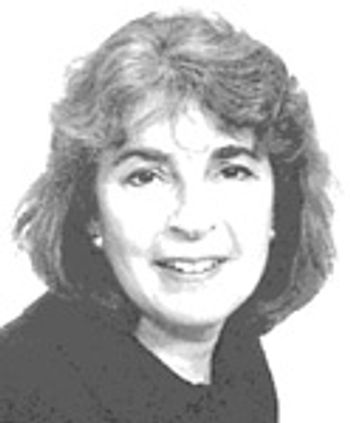
Pharma companies fear CMS' new Medicare policy will routinely require post-approval studies in order to gain reimbursement for new drugs. CMS says it is expanding payment for "promising but not persuasive" drugs.
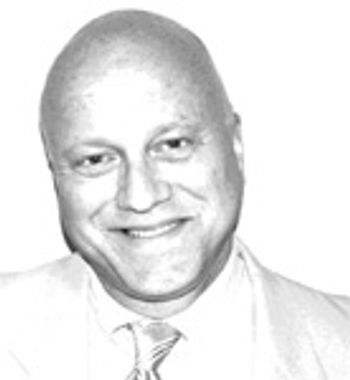
California has proposed legislation for a pilot program to reinforce access to treatment for mentally ill offenders. This is a step in the right direction, but it should be the subject of national policy, not a localized effort.

Studies of gene-based therapies being funded through public-private partnership

Shire Pharmaceuticals is considering an appeal against recent guidance

Tracked and Traced at Every Stage?

The European Medicines Agency (EMEA) has approved the use of Prozac (fluoxetine) and other serotonin selective re-uptake inhibitor (SSRI) medicines to treat children

Two weeks after Herceptin was licensed by regulatory authorities for use in early breast cancer, NICE has issued draft guidance recommending the drug for women with early state HER2-positive breast cancer, except where there are concerns about the woman's cardiac function.

Pricing and Market Access Manager - Novartis

Take the challenge; learn the dynamics of business.
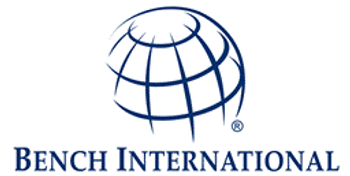
Bench International
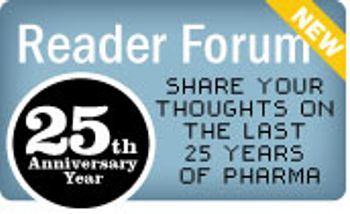
Share your thoughts on the 25th anniversary of Pharm Exec and the evolution of the industry

Increased demand for plant-based hormones has spurred Wyeth to ask FDA to set marketing limits on compounded therapies

Medicare Part D has increased drug sales and payers are still trying to hold down costs.
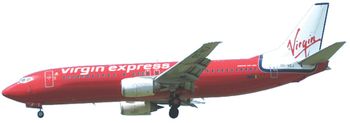
Despite Rituxan's initial success, the brand team considered the long-term opportunity for future indications. Equity research studies demonstrate that a significant "halo" exists around the brand, which is bolstered by greater optimism and excitement for all B-cell mediated conditions.
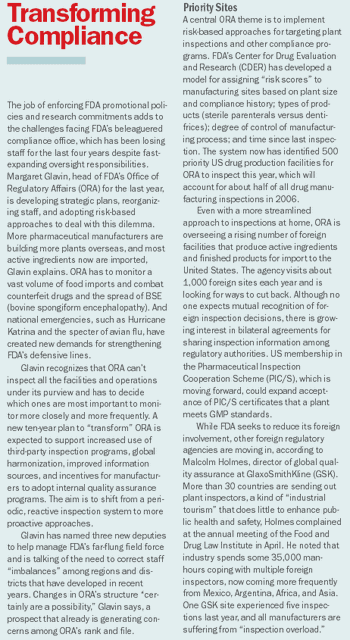
Pharma follow-through? As of September 2005, drug manufacturers had promised to perform 1,200 post-marketing studies. Companies hadn't even started 65 percent of them, and only 200 were completed.
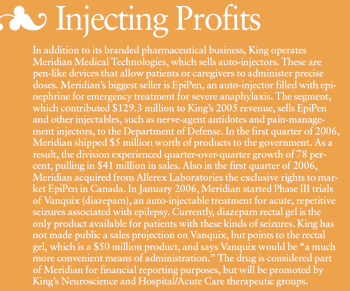
Under King's old strategy, there was no link between business opportunity and R&D. Today, the company only goes after drugs that meet the criteria of its targeted approach to acquisition.
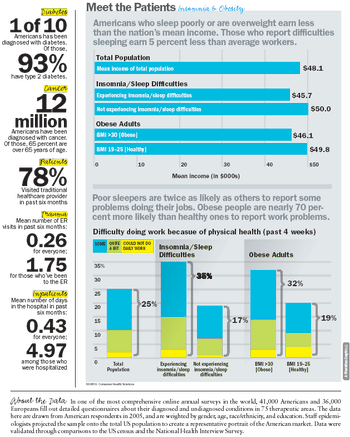
Pharma's ultimate customers are overweight and can't sleep. Ever wonder what they say about that? The National Health and Wellness Survey asked.
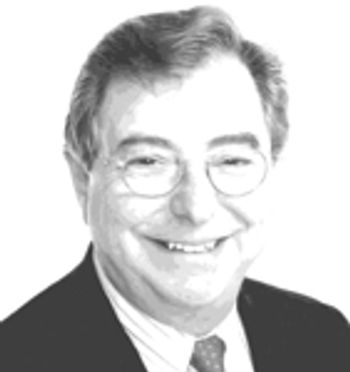
Companies are in a near-impossible situation-trying to define, follow, and track existing and pending legislation.
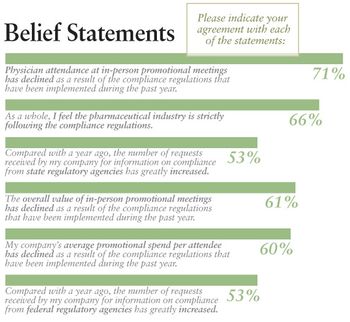
Meeting Spend: Take stock of how much your company can and does spend on promotional meetings. And look carefully at the effects of new compliance regulations on audience recruiting. Among survey respondents, about half work for companies that spent less than $1 million a year on promotional meetings. The other half spent more, sometimes in excess of $5 million a year. About half of the respondents forecast a 15-percent rise in meeting budgets next year. The other half did not expect changes in the budget.

Marketing campaign is the first consumer-focused effort for the antiviral drug in recent years

Courts decide patent disputes regarding natural processes, generic drug challenges

How can FDA track billions of prescription drugs from manufacturer to patient? Paul Chang, leader of IBM?s RFID program, imagines a thin database in the sky.